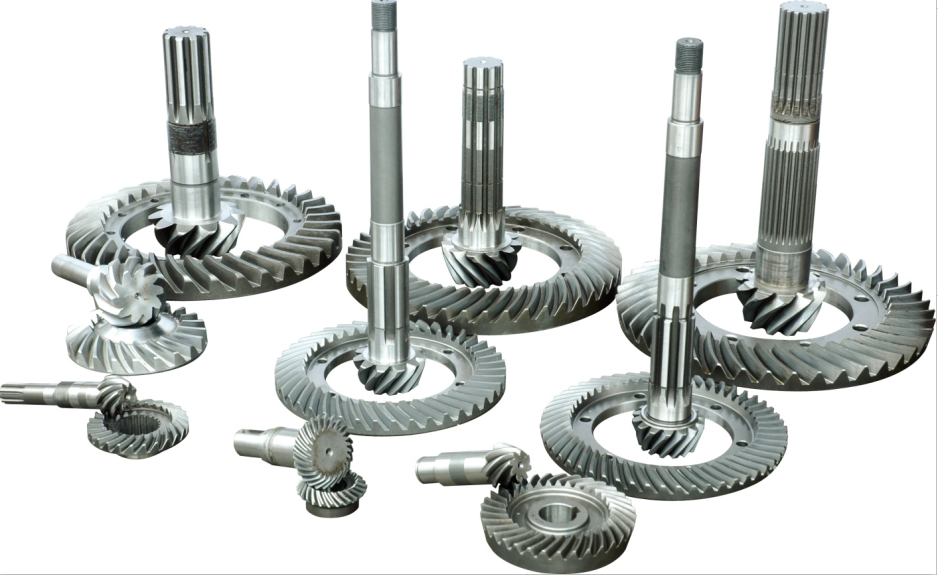Worm gears offer several advantages and have specific limitations when it comes to power transmission. Let’s explore the advantages and limitations of worm gears:

Advantages of Worm Gears:
- High gear ratio: Worm gears provide high gear reduction ratios, allowing for significant speed reduction in power transmission systems. This makes them suitable for applications where a large reduction in rotational speed is required.
- Compact design: Worm gears have a compact design, which means they can transmit high torque in a relatively small space. This is beneficial in applications where space is limited or where a compact gear system is preferred.
- Self-locking capability: Worm gears have a self-locking characteristic, meaning that they can hold the load in position without the need for additional brakes or locking mechanisms. This feature is particularly advantageous in applications where the gear system needs to prevent backward motion or resist external forces.
- Smooth and quiet operation: Worm gears operate with smooth and quiet motion due to the sliding action between the worm and the worm wheel. This makes them suitable for applications where noise reduction is important or where smooth and precise motion control is required.
Limitations of Worm Gears:
- Lower efficiency: Worm gears typically have lower efficiency compared to other gear systems. This is primarily due to the sliding contact between the worm and the worm wheel, which generates more friction and heat. Therefore, careful consideration is needed to ensure proper lubrication and cooling to manage heat dissipation and minimize energy losses.
- Limited speed range: Worm gears are not suitable for high-speed applications due to their sliding action, which can result in excessive wear and heat generation at high rotational speeds. It is important to stay within the recommended speed limits specified by the manufacturer to ensure reliable and long-lasting operation.
- Backlash: Worm gears may exhibit some degree of backlash, which is the slight play or clearance between the worm and the worm wheel teeth. This can affect the precision and accuracy of the gear system, particularly in applications that require high positional accuracy or reversibility.
- Limited load capacity: Worm gears have a lower load-carrying capacity compared to other gear systems, such as spur or helical gears. This is primarily due to the concentrated contact area between the worm and the worm wheel. It is important to consider the load requirements of the application and ensure that the worm gear system is properly sized to handle the anticipated loads.
- Higher manufacturing complexity: The manufacturing of worm gears requires specialized machining processes and expertise. The production of accurate worm profiles and precise worm wheel teeth can be more complex compared to other gear types, which may increase manufacturing costs.
In summary, worm gears offer advantages such as high gear reduction ratios, compact design, self-locking capability, and smooth operation. However, they also have limitations including lower efficiency, limited speed range, potential backlash, limited load capacity, and higher manufacturing complexity. Understanding these advantages and limitations is essential in determining whether worm gears are suitable for a specific power transmission application.
